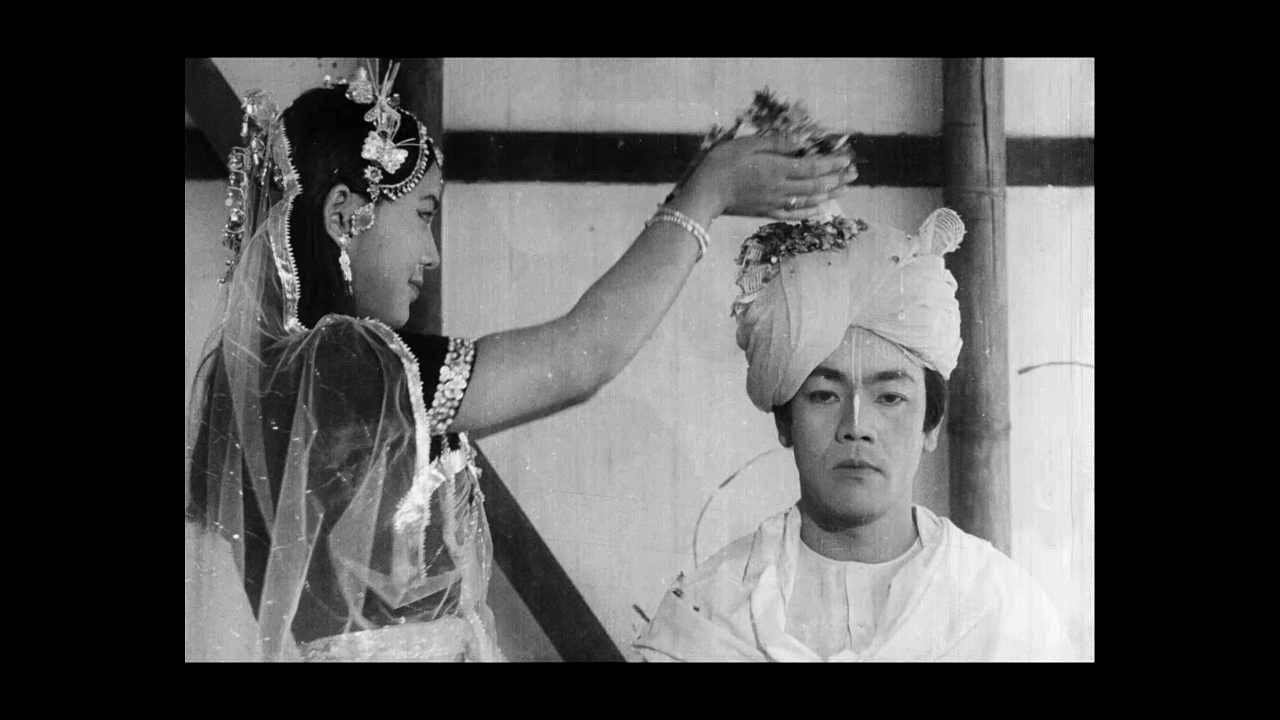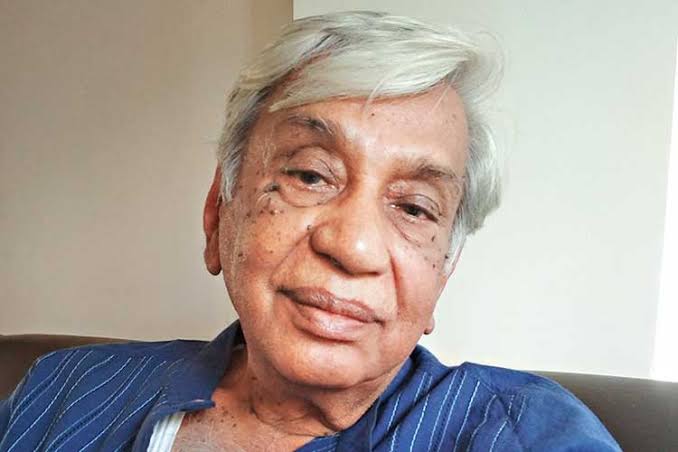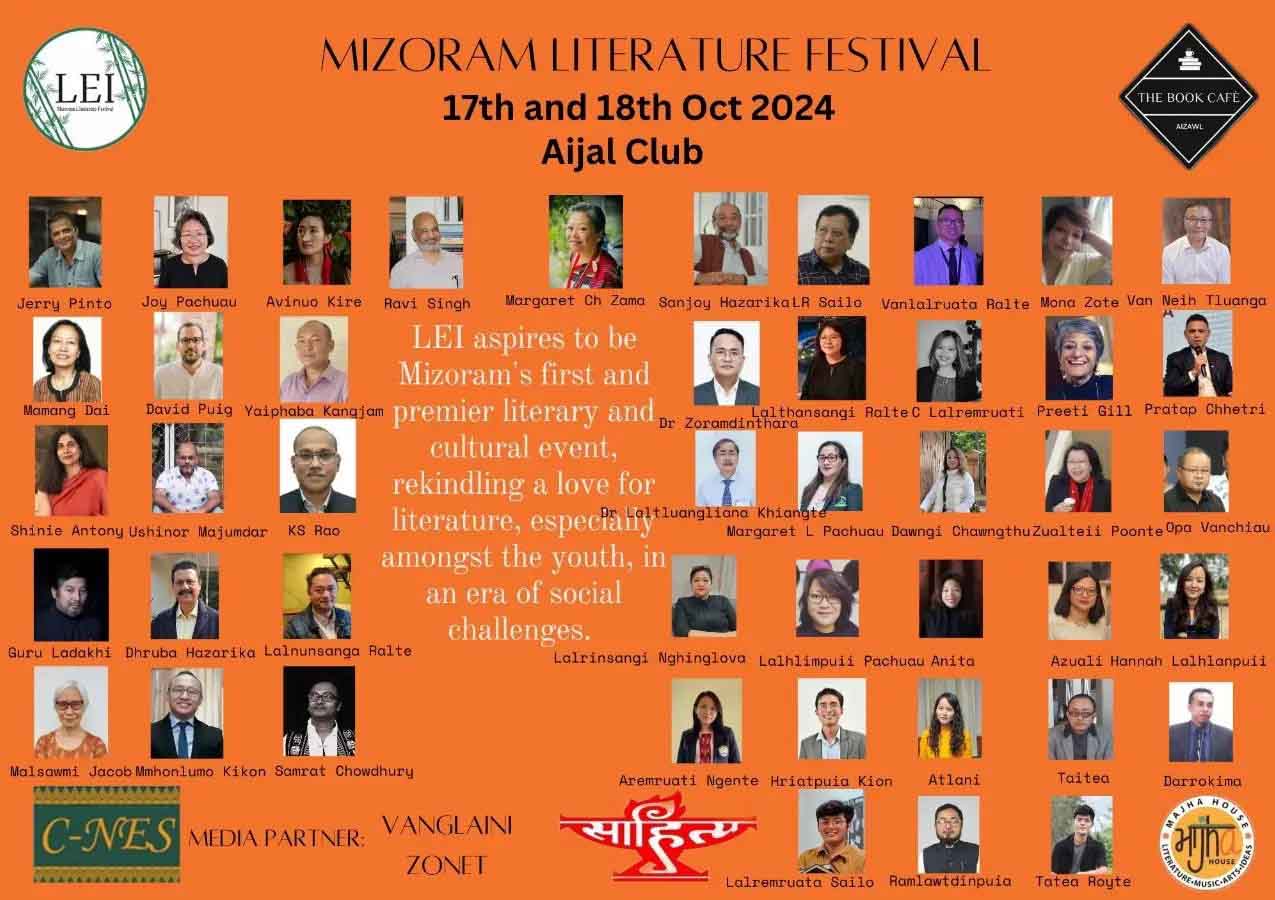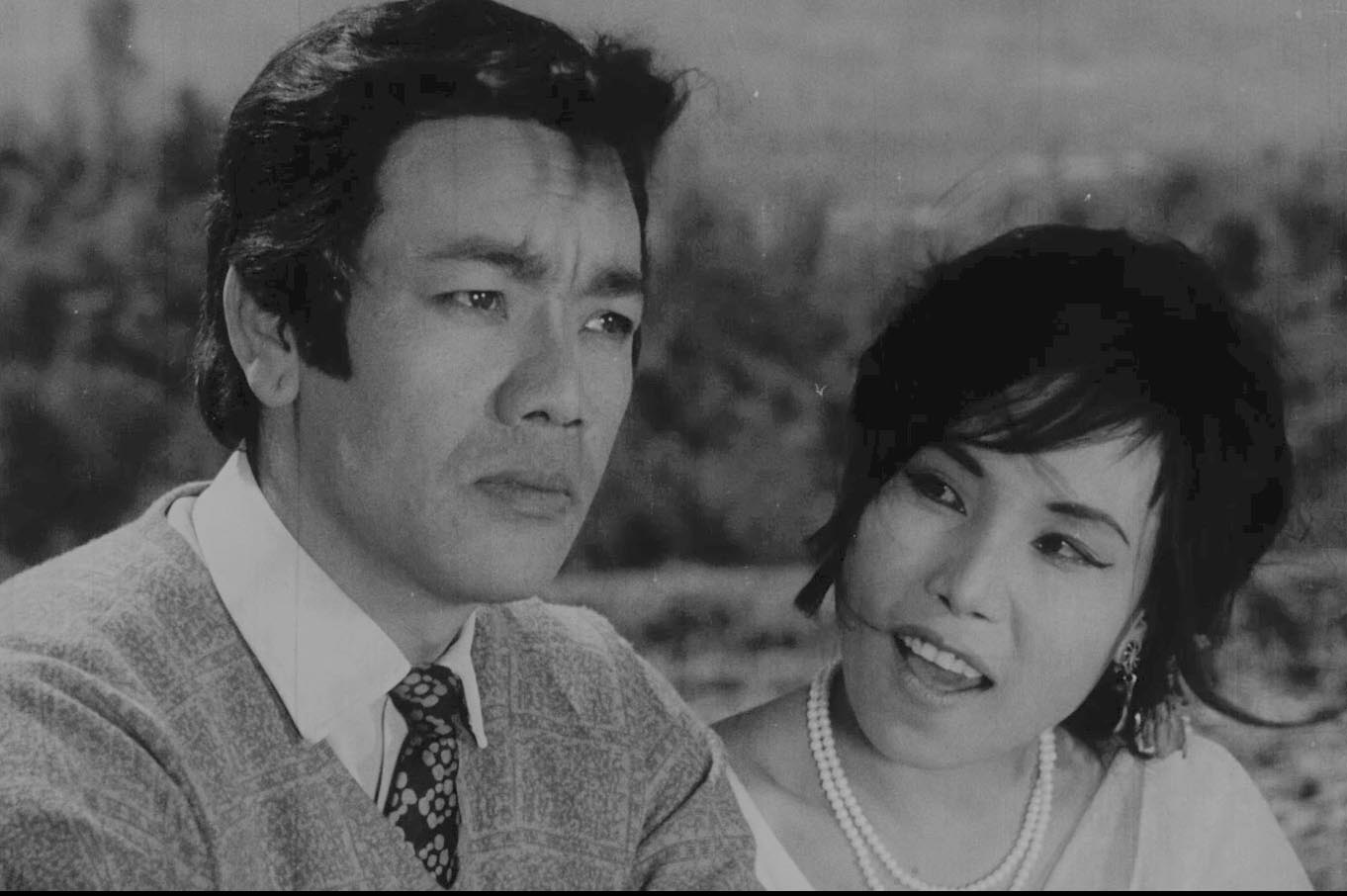Joshy Joseph caught up with Nagaland award winning English author and creative writing pioneer, Temsula Ao. Exerpts from an interview:
JOSHY: As it happens in life,a series of unconnected things somehow get connected at one point as it happened in me meeting you at Dimapur at your residence, after a constant period of bugging you over phone from Kolkata. and for mathrubhumi onappathippu (means onam special) I try to talk with you, by reading you, by hanging around to understand you better in your surrounding in that sense, if I call this interview “a serendipity interview,” how do you respond to it as a writer who writes in English, who is a Naga, the ethnically related people called Naga today, who do not have a Naga language but as many Naga languages as there are tribes and the numerous dialects of each of these languages, where do we place this attempt of dialogue between us, two strangers till the other day, trying to connect through literature?
TEMSULA: The confluence of unconnected things in the most unlikely places and impossible times is what makes life so beautifully interesting! The ‘unlikeliness’ of your purpose and my initial reluctance to agree to the interview may be ascribed to the ‘divides’ in which we have been brought up and made to think; different languages, different food habits, different cultures, only to mention a few. But now that we have started a dialogue, my initial reservations seem to be disappearing because we can now communicate through the language of literature. When I write, I am not conscious of who I am or what language I am using to express my thoughts. I am only aware that there are certain strong feelings and ideas which are clamouring to be expressed and that is how the writing happens. That I write in English is because I feel at ‘home’ in that medium and may be because I taught English all my life for a living!

JOSHY: In your memoir “once upon a life,” you have quoted Gore Vital as saying, “a memoir is how one remembers one’s life, while an auto-biography is history, requiring research, dates and facts double-checked”. By freeing yourself from this tyranny of auditing one’s own life, you wrote an intimate memoir, which was not an easy task as you admit in the preface, how difficult was this process of letting things off your chest? Is it that an artist lives twice, once by experiencing it and later by recalling and re-living it? In this process, did you punctuate your memoir writing after a point or you blurted out everything as an act of exorcism?
TEMSULA: Exorcism is a strong word and I believe that it also carries a negative connotation. The reason I decided to call my life’s story ‘memoir’ is because the reliance is on memories and impressions of those experiences which have left something of value and are indelibly imprinted on my mind. Besides the research involved in an autobiography was something beyond my interest. Also this book is about a lonely girl and not an artist. As I explained in the preface, the urge to write this book is my way of telling my children and grandchildren about the deprivations and inadequacies of my life so that they appreciate what they have now. Instead of exorcism, perhaps it has been a form of catharsis of my inner being.
JOSHY: Yes I do understand the catharsis you are talking about. But you didn’t answer the other point I raised – Do writers live twice, once through the actual experience and then processing it for writing?
TEMSULA: I do not know how to answer this tricky question because I believe that writers live as normally or otherwise like all other people. Maybe their perceptions differ about important issues affecting the general population but ‘writing’ does not mean any ‘processing’ of actual experiences as such. At best, indelible real-life experiences may provide the writer the incentive or ‘trigger’ to ‘weave’ a narrative for a poem or a novel. As for ‘living twice’, the definition will be as varied as there are writers.
JOSHY: Discovering the other’, is an in-thing with the media. In the context of Northeast, this ‘other’ is visible when Hornbill Festival takes place or when violence strikes. Either the exotica or the political turbulence are the prisms through which the rest of India get to see this region. What is more disappointing for me is when the artists from Northeast too are looking at themselves through these prisms. What is your take on stereotyping the ‘North-Eastern Identity’?
TEMSULA: The ‘North-Eastern Identity’ is a misnomer because the region is home to a multitude of people with diverse languages, cultures, costumes and therefore no one should use this term because it de-faces the real identity of the people living here. At best it has a geographical and geo-political relevance only. And the Hornbill Festival is the commercial face of the Naga identity.
JOSHY: Forgive me for using the misnomer ‘North-Eastern Identity’. My intent was to highlight the deeply embedded stereotypes which work in our minds while interacting with Northeast. In an essay Venusa Tunyi writes about an incident involving none other than Mahatma Gandhi that he wished to visit Naga areas and teach Nagas to weave clothes. Obviously he was ignorant about the existing traditional attires with complex designs. Also the skill and creativity behind such intricate patterns. Do you see any shift or change in the gaze at Northeast today?
TEMSULA: Mahatma Gandhi’s wish only reiterates the commonly held notion of outsiders that Nagas wore ‘naked’ looking garments because they did not know the art of weaving. But let us remember that such ‘half-naked’ garments were worn by other tribals too. And each culture followed their concept of the human body in the traditions of their body clothes, body tattoos and strategic bead wear for women.
JOSHY: Let me extend the earlier question to your writing. In your ‘book of songs,’ the last part of it is sub-titled as ‘songs from the other life’. I feel this wonderful sense of ownership of the poet towards a rich tradition filled with myths and tales which are passed on to her orally. Intelligently, the poet makes good use of her inheritance. I envy you there. I marvel at your blend of self into tradition by migrating your soul into a poem like ‘soul-bird’. Please tell me both about the background of the poem, your conscious or sub-conscious devise of blending the two. Please dwell on it in an elaborate manner for the readers and your fellow writers in Malayalam.
TEMSULA: There is no ‘background’ as such for the poem Soul-Bird. I wrote the poem about an ancient belief prevalent among our people that when a person dies the soul leaves the body and turns in to a bird, insect or even stone or stick. I think the explanation is appended with poem also. I must confess that the grandmother figure is my own maternal grandmother who came from the village after my mother died and when she visited the grave, she swore she saw the bird flying away into the distance. The image of her crying over the graveside haunted me for many years.
JOSHY: In the poem” the other world”, you draw from a legend. You wrote in prose not as a foot-note,but may be like a head-note,if i may call it so.i quote: “according to a Sangtam Naga legend, the beautiful Momola was loved by a fish-king. When her mother reneged on her promise to him in return for the plentiful harvest of fish he always gave her, he threatened to destroy the entire village by a great flood. Momola was eventually sacrificed to the waves where she was transformed into a big fish with a distinctive white spot on her forehead,” and in the closing lines of the poem you wrote – shattering the illusory yearnings for my dream-like past forcing me to re-embrace the now familiar waves –in the inevitable act of final surrender to the fathom-less void of this other world. My question here is, how do you deal with your ‘whitespot’ of identity as a Naga in your writings especially in the context of globalisation, where these marks and markers are wiped off and getting blurred?
TEMSULA: Momola may have had a ‘white spot’ but Temsula here has learned to camouflage the ‘white spots’ in her life! However, in my writing I would like to retain the ‘white spots’ because they give me a certain identity of being a Naga writing in English which is not her mother tongue and though confining herself to a limited range, her writings have found some sweet responses in kindred minds. I thank God for these “white spots!’
JOSHY: In your magical poem ‘bat-cloud’ (which is very close to my heart), it gives the reader an impression of a mythical story, although it’s not derived from oral tradition but created by the poet, the political conflict in the daily life of a citizen, hits the reader like a sudden bullet. Although the bloody and gory violence continues around, a writer reaches a dead-end in this path of writing, and when a writer tries to insulate herself from the political turmoil seeking spiritual solutions from the blood and gore, the writerly voice shifts to a pastorly one, especially in the context of Nagaland today. How do you retain your vitality of writing in this scenario?
TEMSULA: If a writer depends entirely on externals, be they blood and gore or sweet nothings, s/he is bound to reach a dead-end. But what is culled from real life experiences can always be transformed by imagination into something beautiful, sad, funny or downright nonsense by the skill of a sincere writer. I believe that forms the core of the writer’s art and which will constantly invigorate the efforts of any writer.
JOSHY: Naga painter and art-critic Iris Odyuo has an observation about incorporating traditional Naga motifs such as the spear, dao and realistic mithun and tiger embroidered onto Western-style jackets and neckties for men which were previously unknown to Nagas. These jackets and neckties are worn during official meetings, festivals and had come to be recognised as representing the symbols of Naga identity. What’s your take on hybridity and identity in times of globalisation?
TEMSULA: About Iris’ comment I can only add that this is another form of ‘commercializing’ the intrinsic weaving culture of every Naga tribe. Such items find markets easily elsewhere. but there is an important protocol about wearing these garments. Each tribe has distinctive colour schemes and designs which are depicted in these modern clothings. The wearer of these will never venture to wear another tribe’s garment because s/he then will be criticized for betraying her/his identity. In this way Nagas have been able to preserve their individual identities even amidst the chaos of the so-called globalization.










